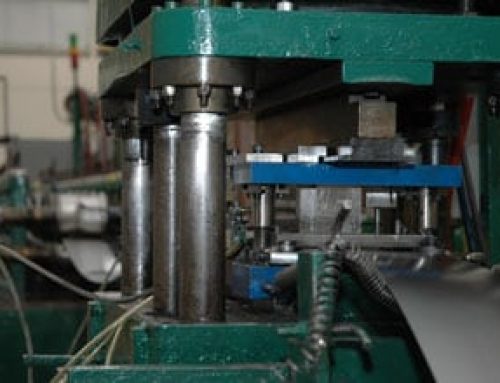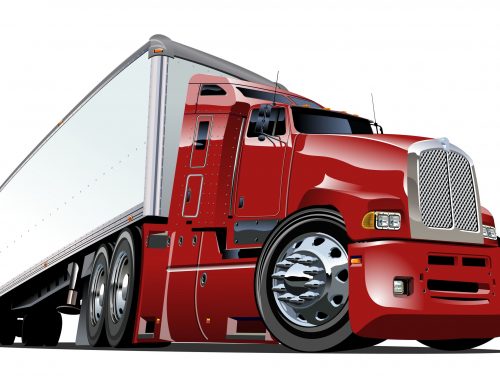With many processes available for creating a high-quality metal part, manufacturers face a challenge—choosing the right process.
Simply put, manufacturers will have to determine whether they should opt for roll forming over stamping or vice versa for manufacturing finished products. With both options offering significant advantages, the wrong decision can prove to be a very expensive mistake for the manufacturer.
Basic Principles of Roll Forming
Custom roll forming involves the incremental alteration of the shape, size, and design of a metal strip by passing it through strategically-placed pairs of rollers. The sheet is run through the rollers, which alter the metal and create the finished product at the end of the line.
The choice between relying on roll technology for metal forming and relying on stamping processes depends on various factors like length of the part, the volume of manufacturing, labor and equipment costs, extent of tool maintenance, and the pace at which the parts need to be manufactured.
Challenges Faced by Roll Form Companies
The core problem faced by such companies is the drastic change in the requirements and expectations of the customers. In the past, companies offering roll forming services were simply required to supply the finished product in specified quantities by the deadline.
Today, customers are requiring companies to provide value-addition inputs that cover a wide range of questions like:
- Is roll forming the right way to manufacture the part in question?
- Are there ways to improve the overall design of the finished product?
- Is there are a stronger, lighter, and cheaper material that can be used?
- Can one enhance overall efficiency by combining multiple parts or by simply reducing the number of parts?
- Can product assembly become more efficient through rationalization of the number of secondary steps required to complete the product?
Conclusion
These questions and issues, although within the expertise of the roll forming service provider, were rarely a part of the conventional relationship with the customer. With technology evolving at a scorching pace and the world becoming a single globalized market, customers are seeking better technical services and advice from roll forming companies, and, in turn, are prepared to pay premium pricing for such services.






